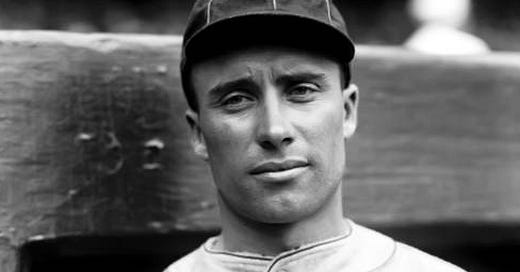We talk about career peaks a lot when discussing the Baseball Hall of Fame. There’s no need for that with players like Henry Aaron or Babe Ruth, because they were great essentially every year and had overwhelming career milestones, too. There’s also little need to discuss peaks with players who were merely very good for a long time, guys like Don Sutton or Jim Thome, because they didn’t have the same sort of peaks but played long enough that they reached milestones like 300 wins, or 600 homers, and became obvious Hall of Famers anyway.
But peaks have to be discussed with most players, because they are the defining memory we have of them. Do we remember Nomar Garciaparra before he turned 30 (.323/.370/.555, 41.3 WAR), or after he turned 30 (.291/.343/.446, 3.0 WAR)? How about Fergie Jenkins in those seven full years with the Cubs in the 1960s and 70s (averaged 20 wins, 6.4 WAR, and a 123 ERA+) versus the decade that followed (averaged 13.5 wins, 3.4 WAR, and a 108 ERA+)?
Of course it’s the peaks that stick with us. We don’t see Johan Santana as a Met, we see him as a Twin, because that’s where he was JOHAN F’N SANTANA. And because that’s what sticks with us, it’s also the foundation of any Hall of Fame case for most players. Ernie Banks wasn’t elected to the Hall of Fame because he spent ten years as a first baseman with a fine-but-forgettable 106 OPS+. He’s in the Hall of Fame for the eight years as a shortstop before that, when he had a 138 OPS+, won two homer titles, 2 MVPs, and a Gold Glove. The years that followed were really just gravy.
Keep reading with a 7-day free trial
Subscribe to Lost in Left Field to keep reading this post and get 7 days of free access to the full post archives.



